Tensile properties & tear strength, trouser specimen to ISO 1798 ASTM D3574-E, ISO 8067, ASTM D3574-F and factory regulations
Tensile properties & tear strength, trouser specimen to ISO 1798
ASTM D3574-E, ISO 8067, ASTM D3574-F and factory regulations
Tensile tests are used to determine various tensile properties on a particular specimen under defined environmental conditions. In addition to recording a stress-strain diagram, the focus is on determining the tensile strength and strain at break values.
The method is used to compare materials and for quality control purposes
ensile properties
-
The specimens for these tests are normally taken from finished parts or a sheet. ZwickRoell offers sheet cutting presses with standardized blades. It is important that the blades are equipped with an ejector to avoid the risk of operator injury during specimen removal.
-
The cross-section of the specimen must be determined before the test. The width of the specimen is normally adopted from the dimensions of the cutting die, while the thickness is measured using a defined surface pressing, for example, to ISO 1923. ZwickRoell offers special measuring instruments for this.
-
A variety of pneumatic or mechanical specimen grips can be used to grip the specimen. The specimen must be gripped in such a way that it is held securely in the shoulder area and no specimen fractures occur near the gripping point. ZwickRoell's testing lab is available to help you select the right specimen and jaw inserts.
-
To measure strain at break, ZwickRoell offers mechanical and optical extensometers, which record the extension of the specimen in a specified gauge length range. The function of these extensometers is largely automatic. When using a mechanical extensometer, you must ensure that the weight and frictional forces of the extensometer remain low in comparison to the measured forces. If optical extensometers are used, it is important that the specimen is not damaged during the marking process.
Applicable standards for this test
-
ASTM D3574 test E
-
BMW QV 52009 – Part 1
-
Daimler DBL 5452
-
Ford WSK – M99 P32 A
-
General Motors GMW 15471
-
ISO 1798
-
PSA D41 1050
-
Toyota TSM 7100G
-
VW PV 3410
Tear strength
A tear growth test determines the tear growth of foam. When subjected to tensile load, a stress peak forms at the end of the crack in which material failure occurs. Tear resistance is specified in N/cm in relation to the width.
Trouser and angle specimens are defined by the standard, whereby the trouser specimen is addressed only in the ISO standard. As opposed to rubber, it is loaded to crack opening (mode I).
For trouser specimens, crack prorogation takes place in the longitudinal axis of the specimen over a distance of approximately 25 mm, whereby a large surface is involved. This increases the probability of encountering an area with a closer cellular structure, which is then responsible for a higher maximum force. Since the crack is introduced by an incision, this method evaluates the force required to propagate a crack.
The angle specimen is loaded without an incision. As a result, a stress peak forms, however not before a sharp incision. In this method, the crack is propagated transverse to the longitudinal axis of the specimen.
The results of the trouser specimen are significantly lower and scatter much more as compared to those of the angle specimen. In a round robin test performed to ISO 8067, the degree of reproducibility for trouser specimens are, at 16 to 36%, three times that of angle specimens.
The test method can be performed with an electromechanical testing machine. Since the forces are relatively low, a load cell that achieves Class 1 measurement accuracy should be used in the force range used. Displacement measurement is not required, since tear resistance is calculated from the maximum force that occurs during the test. In practice, the tear growth is often depicted as a graph that follows the travel of the tightening clamp.
The testXpert III testing software controls the test sequence and evaluates the tear growth according to the standard.
Applicable standards for this test
-
ASTM D3574 Test F
-
BMW QV 52009 – Part 1
-
Daimler DBL 5452
-
Ford WSS-M15P20-B1/B2
-
General Motors GMW 15471
-
ISO 8067
-
PSA D 41 1048 & PSA D 41 1049
-
VW PV 3410

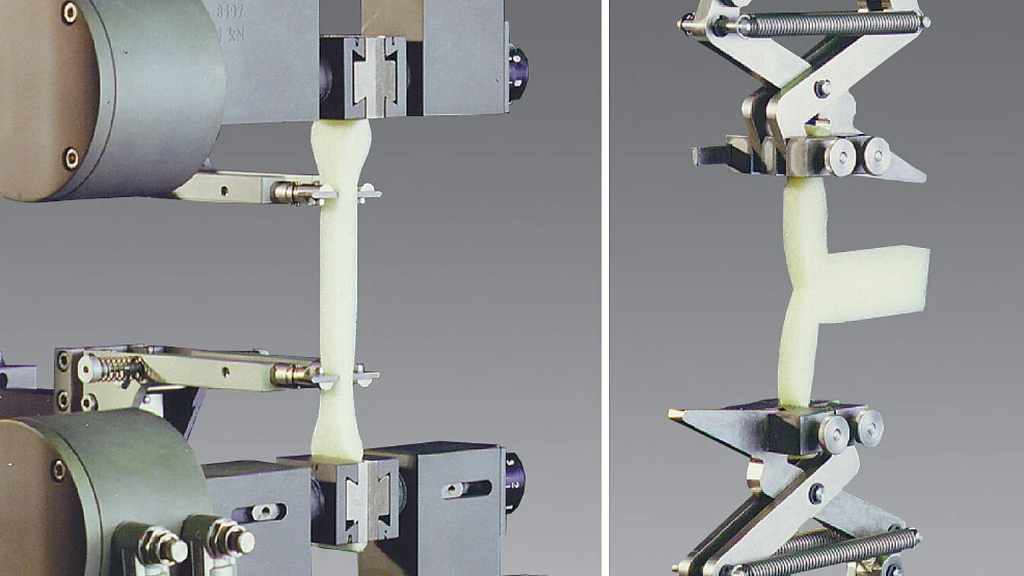
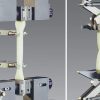

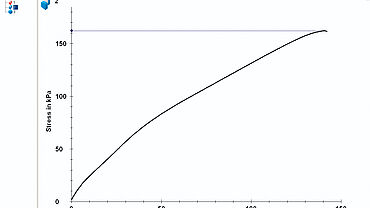
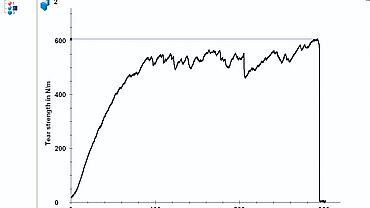
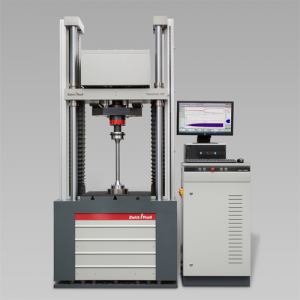
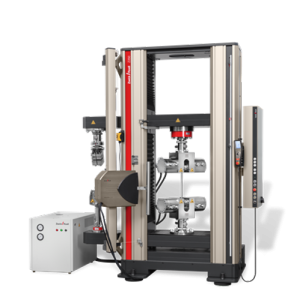
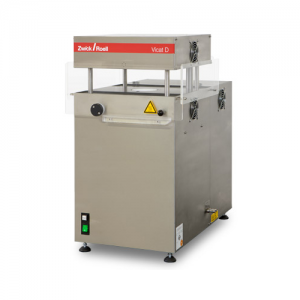
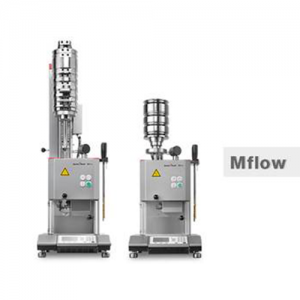
Reviews
There are no reviews yet.